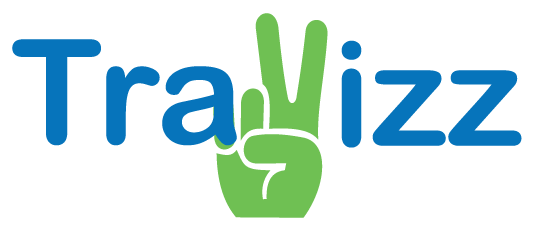 is now
is now

Travizz.com will offer you access to
- B2B Travel product elibrary
- Promotions and deals from Travel Suppliers
- Jobs portal for travel industry
Page will redirect to Travizz.com in a few seconds...